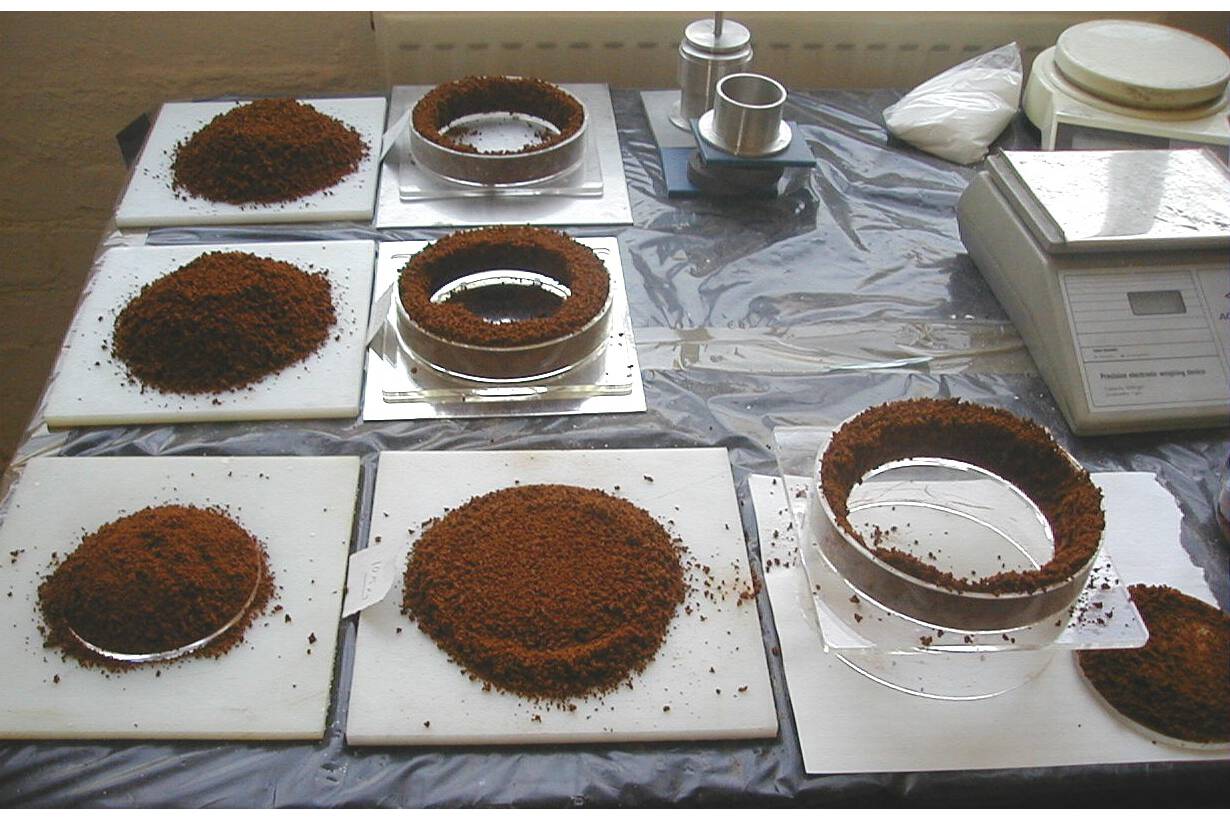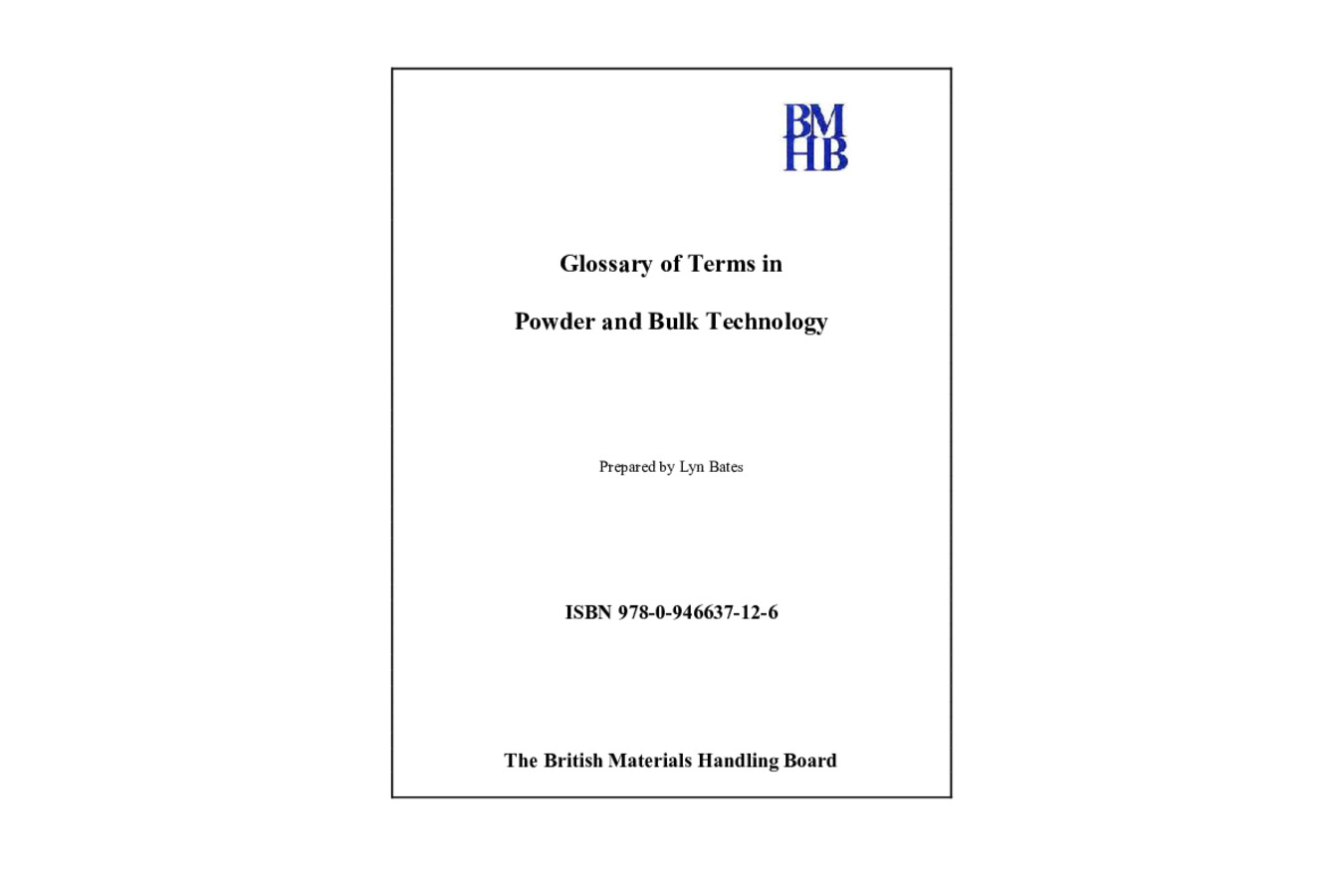Bulk technology is not rocket science: it’s not that easy. Moreover, rocket scientists agree. A recent paper by NASA: - ‘Granular Materials and the Risks They Pose for Success on the Moon and Mars’, summarizes the uncertainty that surrounds many aspects of bulk handing.
The NASA paper states: ‘Working with soil, sand, powders, ores, cement, etc. and using hoppers, are so routine, that it seems straightforward to do it on the moon and mars as we do it on earth. This paper brings to the fore how little these processes are understood and the millennia-long trial-and-error practices that lead to today’s massive over-design, high failure rate, and extensive incremental scaling up of industrial processes because of the inadequate predictive tools for design’.
This state of affairs was also confirmed by two well-cited Rand reports that compared the performance of a number of new solids handling installations with others handling liquids and gasses. It should be emphasized that this situation is not due to inadequate engineering standards or technical incompetence, but is a reflection of the complex nature of bulk materials and lack of industrial education in the subject.
The most important primary task for anyone undertaking a project involving bulk materials is to secure a basic understanding of the character of the material.
If you don’t know its character – you can’t trust it
Rule 1 Do not incur a huge commitment with an unknown character. Some engineers tend to think that brute force will solve most problems. It is a poor approach fraught with hazards, as highlighted by rule 2
Rule 2 Over-design is better than under-design, but is no substitute for lack of knowledge. In any case, how can you decide what is over-design if the true value is not known? - Hence Rule 3.
Rule 3 Reliable design cannot be established without reliable data. This is obvious, but is often brushed aside by subjective assessments.
In today’s knowledge base, Mechanical and Chemical engineers have access to vast sources of precise data about basic solid, liquid and gaseous materials. Information about particulate solids is less precise and should not be used for design.
Rule 4 Published data on bulk properties should only be taken as a crude guide. Operational conditions vary enormously, as do the ambient circumstances, scales of use and equipment design. Data bases are dangerous places. There is no substitute for measured values
Rule 5 Bulk solids test should replicate the specific material and conditions of use. The condition of the material is likely to change during passage through the various stages of its plant life. Tests are only relevant to the specific condition tested.
Rule 6 Nail down firmly the full range of variation in material properties that are to be encountered over the working life of the plant.
Have them verified by a ‘responsible person’.
It is, of course, very important to identify what properties are important to the project.
The I.Mech.E publication ‘Guide to the Specification of Bulk Solids for Storage and Handling Applications’ covers:
- Health and Safety of those associated with material, equipment or location.
- Efficient and reliable performance of the equipment.
- Affecting the intermediate of ultimate use of the product.
- Impinging on integrity or durability of the equipment.
- Any effect on the environment.
Features relative to the product value must also be given.
Rule 7 Character has many aspects. Any may be important.
A ‘typical’ sample may be offered for testing. ‘Typical’ is not good enough, as this indicates variations will invariably occur. The ‘worst’ condition must be established relevant to duty.
Information such as particle size analysis is of limited value for design purposes. Likewise, features important to product value may have little relation to production needs. Subjecting values to be demonstrated by samples of what is, and is not, acceptable.
Rule 8 Be persistent in the search for the range of bulk material conditions.
The total range of condition of the bulk material has to be verified by a responsible and named person. Any performance guarantee is meaningless without a well-defined basis.
Rule 9 Ensure each individual section can handle the ‘worst’ condition for its operation.
A solids handling system has many parts. What is good for a hopper, e.g. a reduction in wall friction, is bad for increasing overpressures on a feeder.
Rule 10 Measure bulk properties in conditions as will be experienced in plant life.
The importance of test conditions reflecting those which the bulk material will experience in plant operations cannot be over-emphasized. The whole purpose of testing is to find out how the material will behave in these circumstances. Detail matters enormously when particles are tiny; more so if the equipment is small.
Know your enemy
The first step in any project involving loose solids is to assess the character of a bulk material in relation to the different processes and range of ambient conditions that may be experienced. For example: - separate the flow benefits of mass flow from the benefits of avoiding stagnant pockets of storage. Does the nature of the material call for one, the other or both? This determines whether an ‘expanded flow’ construction is adequate, or total mass flow is necessary. Is the material slow to de-aerate from a fluid condition, in which case mass flow and a feeder that increases the de-aeration time and reduces the counter-flow velocity of escaping air by its even drawdown over an extended length of outlet slot is beneficial.
Up-front evaluation costs should be accepted as a design tool, (the expense of poor performance and rectification can be horrendous by comparison). Do not be lulled into thinking that bulk materials will flow through any opening provided.
The technology and design tools are available, but requirements are not necessarily best served by off-the-shelf or standard equipment. Well established techniques and procedures are proven for measuring key flow related values of density, wall friction and shear strength and applying these to hopper design. Detail matters.
Performance is not related to fabrication costs. ‘Simple’, low cost items such as chutes are critical handling components and crucial to efficient operation.
It is vitally importance to know precisely what you are dealing with when handling bulk solids.

